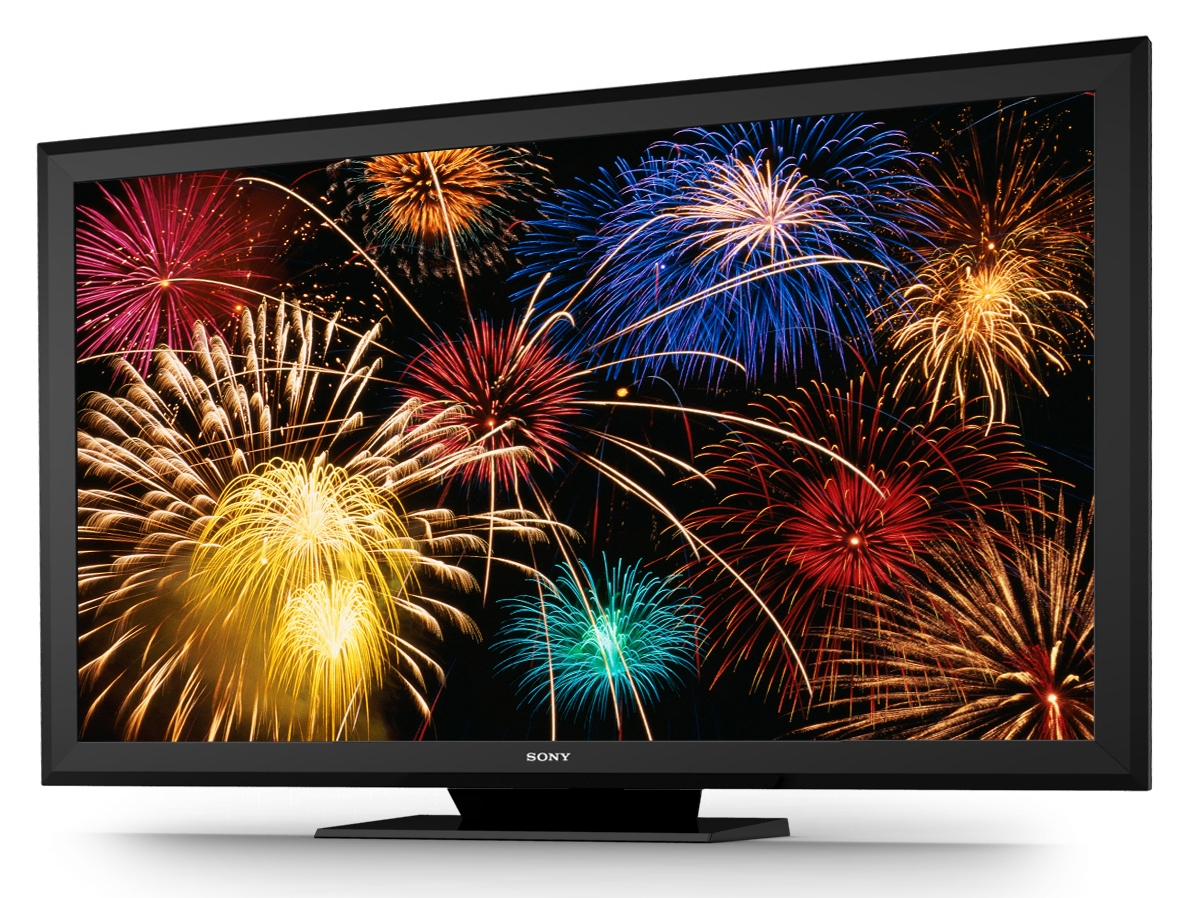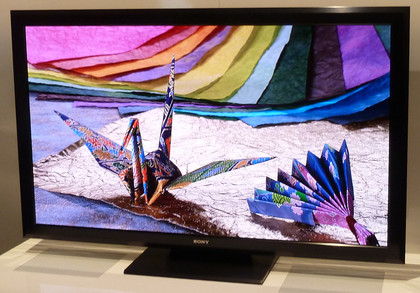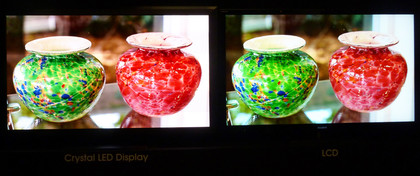Hands on: Sony Crystal LED TV prototype

For most people, the 55-inch OLED TVs from Samsung and, especially, LG were the televisual highlights of this year's Consumer Electronics Show in Las Vegas.
Sony, however, begged to differ. For according to the Japanese megacorp, OLED technology was already old hat, having been superseded by something called Crystal LED technology.
Shown on a 55-inch screen in a 'future technology' zone in an out of the way corner of Sony's CES stand, the world's first Crystal LED (CLED) screen was claiming to deliver all the pictorial benefits of OLED - outstanding contrast, dazzling colours, extreme sharpness, and immaculate motion reproduction - along with two significant further benefits.
First, since CLED doesn't use organic material, it's not prone to OLED's image quality decay issues, where colours tend to fade.
Second, it's a self-emitting system, with around 6 million RGB LED light sources positioned at the front of the screen - an arrangement which would be expected to produce such benefits as a wider viewing angle, more expansive colour range, and better motion reproduction.

In some ways, the two CLED demo screens on show delivered on these promises. Colours looked as rich and yet also subtle as they did on the OLED screens at the show, and the screen's black level response was outstanding without compromising shadow detailing.
Motion looked very crisp too in a head to head with one of Sony's current normal LED TVs.
Sign up for breaking news, reviews, opinion, top tech deals, and more.
Actually, it looked almost too crisp; there were signs of noise during the motion demonstration that suggested some sort of artificial sharpness processing was being applied to the pictures. But certainly actual motion blur of the sort all too obvious even on a top-flight standard Sony LED set was practically non-existent.

For all its undoubted quality, though, there was still a slightly rough and ready appearance to the CLED pictures compared with the much more 'finished' OLED products being shown by LG and Samsung. The CLED sets lack the swanky ultra-slim designs of the OLED models, too.
There was nothing about the CLED demonstration, though, to suggest that Sony's new technology won't ultimately be capable of producing an image quality at least as good as OLED.
The only problem with the demo is that it was clear that CLED technology is still much further from becoming a commercial reality than OLED - a fact which raises questions as to whether there will really be space in the market for CLED sets when/if they finally appear. Only time will tell.

John has been writing about home entertainment technology for more than two decades - an especially impressive feat considering he still claims to only be 35 years old (yeah, right). In that time he’s reviewed hundreds if not thousands of TVs, projectors and speakers, and spent frankly far too long sitting by himself in a dark room.